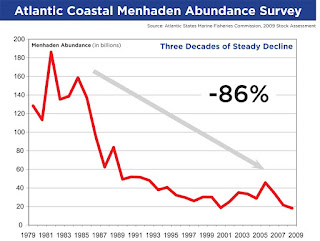On a sunny, chilly January 21, volunteers led by JRA RiverRats from the Lynchburg region and your Upper James Riverkeeper celebrated the MLK Day of Service doing exactly that – service. RiverRat Billy Taylor of Amherst County received notice of an illegal dumping of tires into a beautiful and historic James River tributary historically known as Stovall’s Creek, now called Beck Creek. One can find paintings and photos representing these once vibrant resources of James River industry and community. The historically registered Galt’s Mill and headrace, still intact hand-laid stone bridge pilings and gorgeous waterfalls are eye-catchingly on display to the fortunate public who drive beside this rural and otherwise unspoiled feeder stream. Well, that and dozens of tires and piles of trash discarded by passersby.
 It simply did not seem appropriate. Alarmed folks who saw it
were caught speechless. But thanks to multiple volunteers, including students
from Lynchburg’s E.C. Glass High School, the stream was restored to its
previous splendor. Fifty-two tires and a truckload of rubbish were removed and
properly disposed. Bridgestone Americas, Inc. graciously covered all costs of
hauling the tires to a local tire re-use/recycle facility. Local television and
newspaper sources spotlighted these generous efforts. The issue was noticed and
conscientious people responded with timely and appropriate action, bringing to
light the pride and responsibility that we each share in the protection of our
shared public waters. Clean water is not a privilege -- it is a right. And that
right must be defended.
It simply did not seem appropriate. Alarmed folks who saw it
were caught speechless. But thanks to multiple volunteers, including students
from Lynchburg’s E.C. Glass High School, the stream was restored to its
previous splendor. Fifty-two tires and a truckload of rubbish were removed and
properly disposed. Bridgestone Americas, Inc. graciously covered all costs of
hauling the tires to a local tire re-use/recycle facility. Local television and
newspaper sources spotlighted these generous efforts. The issue was noticed and
conscientious people responded with timely and appropriate action, bringing to
light the pride and responsibility that we each share in the protection of our
shared public waters. Clean water is not a privilege -- it is a right. And that
right must be defended.
Dr. King challenged Americans to act collaboratively to
defeat the ills of society. Tires are a blight to James River’s rich history,
ecological importance and legacy. This group of individuals made a choice: To
rise above the unthinking acts of a few individuals in order to show pride and
stewardship for the resource that connects each of us – water.
Pat Calvert, Your
Upper James RIVERKEEPER
Volunteers Not Afraid to Get TheirHands Dirty on MLK Day
WSET
Volunteers remove tires fromAmherst County creek
WDBJ7
Volunteers Not Afraid to Get TheirHands Dirty on MLK Day
WSET
Volunteers remove tires fromAmherst County creek
WDBJ7









